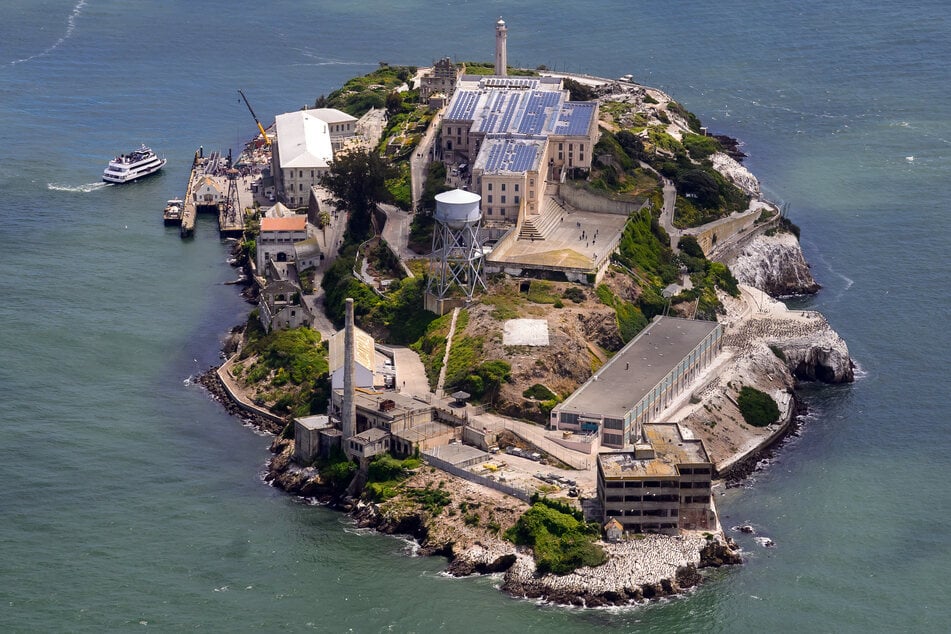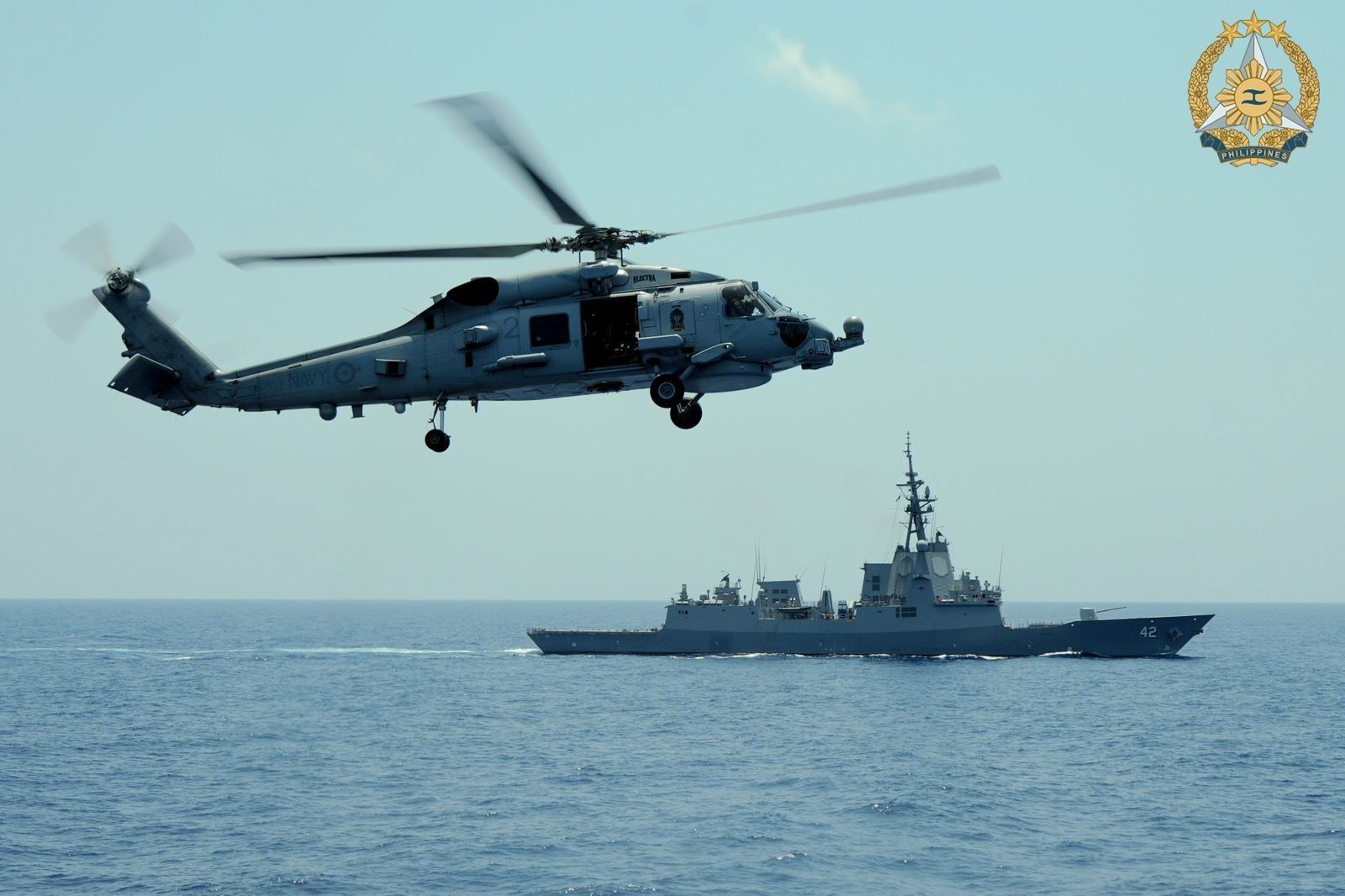China and Philippines Engage in Flag Display Over Disputed South China Sea Sandbank
China and the Philippines have intensified their territorial dispute over Sandy Cay by raising their respective national flags on the contested sandbank. This development underscores the ongoing tensions in the South China Sea and highlights the strategic importance of Sandy Cay in regional maritime claims.

In a recent escalation of territorial disputes in the South China Sea, China and the Philippines have engaged in a symbolic display of sovereignty over Sandy Cay, a contested sandbank near the Spratly Islands. Both nations have raised their national flags on the sandbank, intensifying regional tensions amid ongoing joint military exercises between the United States and the Philippines.
-
China's Assertion: The China Coast Guard announced it had taken control of Sandy Cay, accusing six Filipinos of "illegally boarding" the sandbank. Chinese personnel were seen unfurling their national flag on the reef, marking a significant assertion of sovereignty.
-
Philippines' Response: In retaliation, the Philippines deployed navy, coast guard, and maritime police forces to Sandy Cay and adjacent sandbanks, raising their own national flag to assert sovereignty.
-
Strategic Importance: Sandy Cay, though small, holds strategic significance due to its proximity to Thitu Island, the Philippines' largest military outpost in the Spratly Islands. Control over Sandy Cay could extend territorial claims, impacting regional maritime boundaries.
-
International Reactions: The United States expressed concern over China's actions, emphasizing that such moves threaten regional stability and violate international law. This incident coincides with the annual "Balikatan" joint military exercises between the U.S. and the Philippines, which include integrated air and missile defense simulations for the first time.
What's Your Reaction?












/https://tf-cmsv2-smithsonianmag-media.s3.amazonaws.com/filer_public/54/66/546650fa-26a4-40fd-8d6d-5a7a04540f81/rosetta2.png)
:max_bytes(150000):strip_icc():focal(999x0:1001x2)/robert-prevost-050825-1-39395418ab494da5a3a700c9478e66c8.jpg)















































format(webp))
format(webp))


























